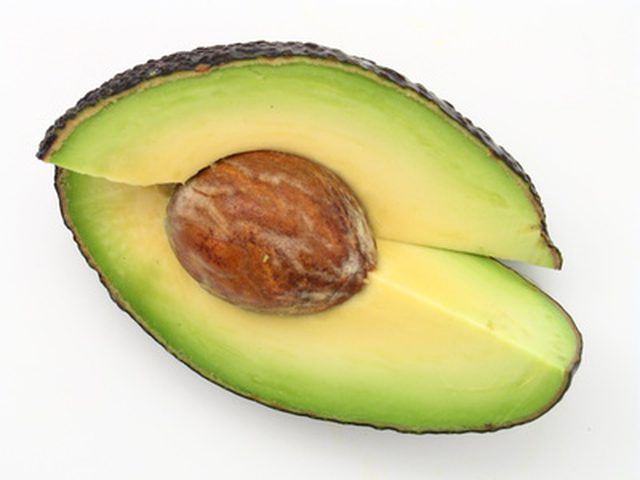Bulbs
Flower Basics
Flower Beds & Specialty Gardens
Flower Garden
Garden Furniture
Garden Gnomes
Garden Seeds
Garden Sheds
Garden Statues
Garden Tools & Supplies
Gardening Basics
Green & Organic
Groundcovers & Vines
Growing Annuals
Growing Basil
Growing Beans
Growing Berries
Growing Blueberries
Growing Cactus
Growing Corn
Growing Cotton
Growing Edibles
Growing Flowers
Growing Garlic
Growing Grapes
Growing Grass
Growing Herbs
Growing Jasmine
Growing Mint
Growing Mushrooms
Orchids
Growing Peanuts
Growing Perennials
Growing Plants
Growing Rosemary
Growing Roses
Growing Strawberries
Growing Sunflowers
Growing Thyme
Growing Tomatoes
Growing Tulips
Growing Vegetables
Herb Basics
Herb Garden
Indoor Growing
Landscaping Basics
Landscaping Patios
Landscaping Plants
Landscaping Shrubs
Landscaping Trees
Landscaping Walks & Pathways
Lawn Basics
Lawn Maintenance
Lawn Mowers
Lawn Ornaments
Lawn Planting
Lawn Tools
Outdoor Growing
Overall Landscape Planning
Pests, Weeds & Problems
Plant Basics
Rock Garden
Rose Garden
Shrubs
Soil
Specialty Gardens
Trees
Vegetable Garden
Yard Maintenance
How to Grow Avocado Trees in California
How to Grow Avocado Trees in California. “California is the leading producer of domestic avocados and home to about 90 percent of the nation's crop," according to the California Avocado Commission, "with Haas as the leading avocado.” Due to California’s climate with plentiful sunshine and fertile soil, gardeners can grow...

"California is the leading producer of domestic avocados and home to about 90 percent of the nation's crop," according to the California Avocado Commission, "with Haas as the leading avocado." Due to California’s climate with plentiful sunshine and fertile soil, gardeners can grow avocados year round. Avocado trees occupy the coast of central and southern California with varieties that include Bacon, Gwen and Reed. The annual Avocado festival in Carpinteria, California, gives visitors a chance to experience everything avocado.
Things You'll Need
Mulch, coarse
Nitrogenous fertilizer
Towels
Wooden frame for tree
Sponge foam
Establish an area with a circumference of up to 20 feet to plant the avocado tree; keep it away from buildings or other trees. Make the hole as deep as the root ball but extend it past its width.Plant the tree above a slope on a hillside for drainage. The tree will thrive in full sun and will need protection from wind and frost.
Set the root ball gently into the hole and back fill with soil that has a pH of 6 to 6.5. Avocado trees grow best in loose decomposed granite or sandy loam.
Water the tree immediately after planting. Saturate the area to ensure that the root system is thoroughly wet. Allow the surface area to dry out a little before watering again. Depending on the region of California, water the avocado tree every other day to once a week. During dry seasons or drought, a young avocado tree may need watering twice a week.
Spread a two-inch-thick layer of coarse mulch around the tree leaving a space of six to eight inches from the trunk. Wood shavings, alfalfa meal, redwood bark or other organic material prevents root rot, reduces evaporation from the soil and decreases weed growth. Mulch also helps retain soil moisture.
"Fertilize the tree with a nitrogenous fertilizer," cites the California Rare Fruit Growers, "for an optimal harvest." Feed young trees with a balanced fertilizer that has nitrogen and zinc (one to two teaspoons per year) after one year of growth or when the roots are well established. Mature avocado trees benefit from feeding in late winter and early summer.
Erect a windbreak by draping towels from an overhead frame. This protects the tree from successive winds, which can cause weakness and broken branches, scarred or inferior fruit over time. Areas of concern include inland canyons and beach zones. Safeguard against frost in the colder regions by wrapping the trunk in sponge foam.